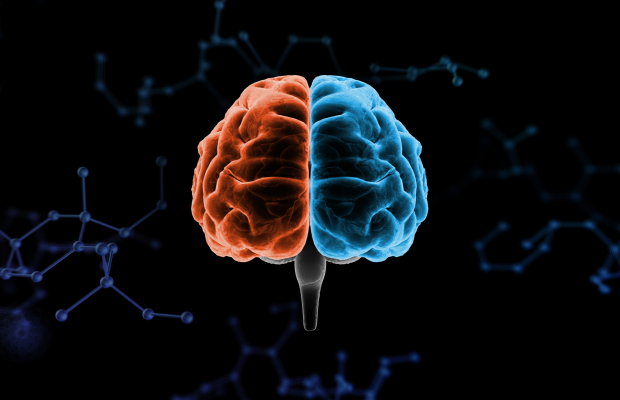Bowen Theory and Helping
Bowen Theory and helping addresses when helping actually isn’t helpful. Probably most people asked how they would answer this question would opine something like, “A person jumping in, often unsolicited by the person with whom they are interacting is compelled to offer an opinion about whatever problem the person is addressing.” Such a person is sometimes referred to as a “know it all.” Such interactions are fairly common in family interactions, but also easily observed in work and other social groups.
Bowen family systems theory is embedded in observational research. Among critically important insights from that research, initially garnered by observing families living on a research ward at the National Institute of Mental Health for as long as three years and later extracted from research done in out-patient settings, was thinking about families and “help”. The research provides perspective for answering the question of when helping is not helpful.
Examples of helping not being helpful occur frequently in families. The process unfolds in three phases. It can play out between a father and a young offspring or, more often, with the mother of the young offspring. The first phase is the mother chronically worrying about her still very young child. She is anxious about the child developing properly. The second phase is her worry-driven monitoring of the child and some of her worst fears are indeed showing up in the child. In the third phase, the child begins to exhibit the very behaviors that match what the mother has been most anxious about. This sends the mother into overdrive in an attempt—now that she “knows” what is wrong— to set out to fix the child’s perceived problems. The child’s “reward,” if the child goes along because the child does not always go along, is a calmer mother, one now convinced that she has finally “diagnosed” the child’s problems and has the zeal to fix them. It is a self-fulfilling prophecy.
The process just described does not mean that a significant level of chronic anxiety doesn’t still play out in the mother-offspring relationship. The ongoing predictable dance between parent and child does provide some stability between parent and child, however, one that increases the emotional intensity between mother and offspring and undercuts the child’s emotional maturation.
This is not about maternal neglect but about over-protectiveness. This is a case of helping that is not helpful. The mother does not cause this process. Her worry and focus on a child are part of a multigenerational family emotional process. That process powerfully ties mother and child into a tight “emotional fusion” that is hard to resolve. The tight emotional link between them impairs the child’s maturation. It may not express itself until it is time to transition into adult life but can show up earlier. It can result in the child or young adult manifesting mental, physical, or social symptoms such as juvenile delinquency. Important to note that this process may play out with one child in a family, but not another. The freer sibling(s) can mature more successfully and transition into adult life more successfully.




